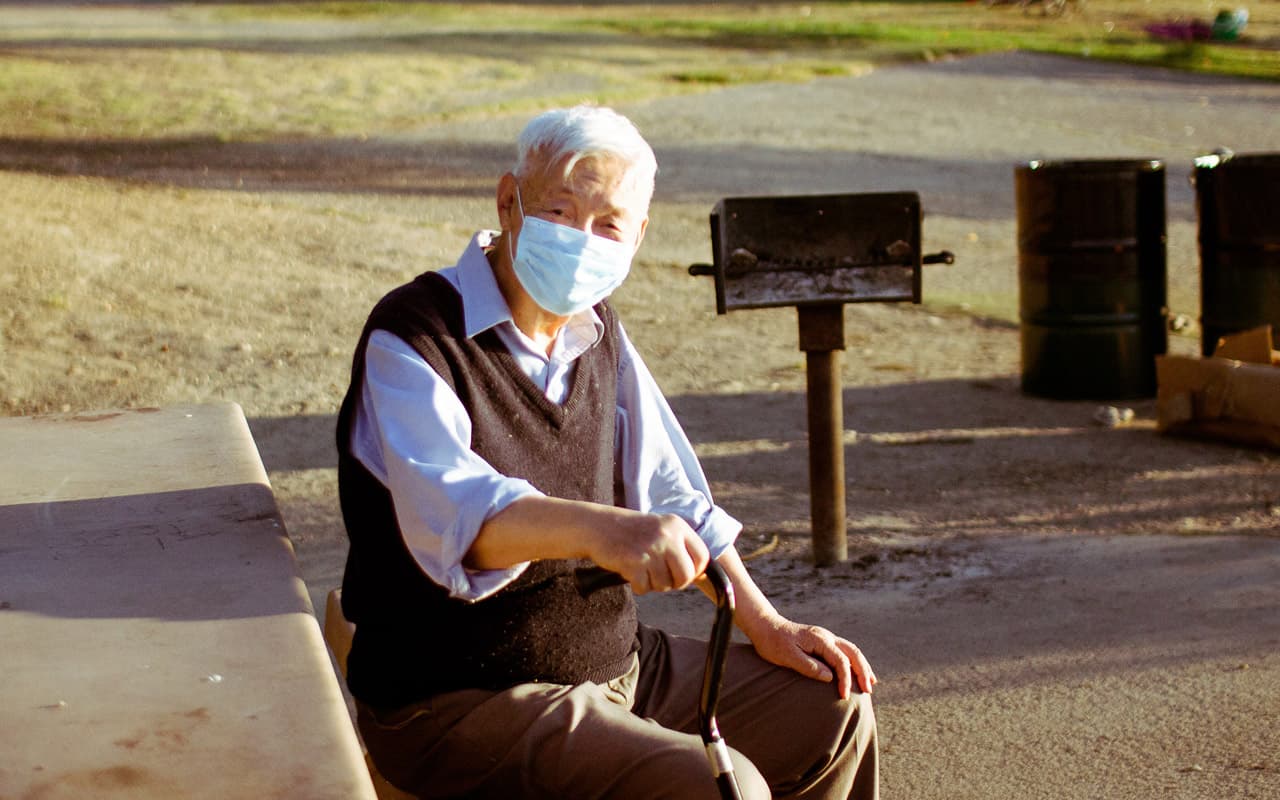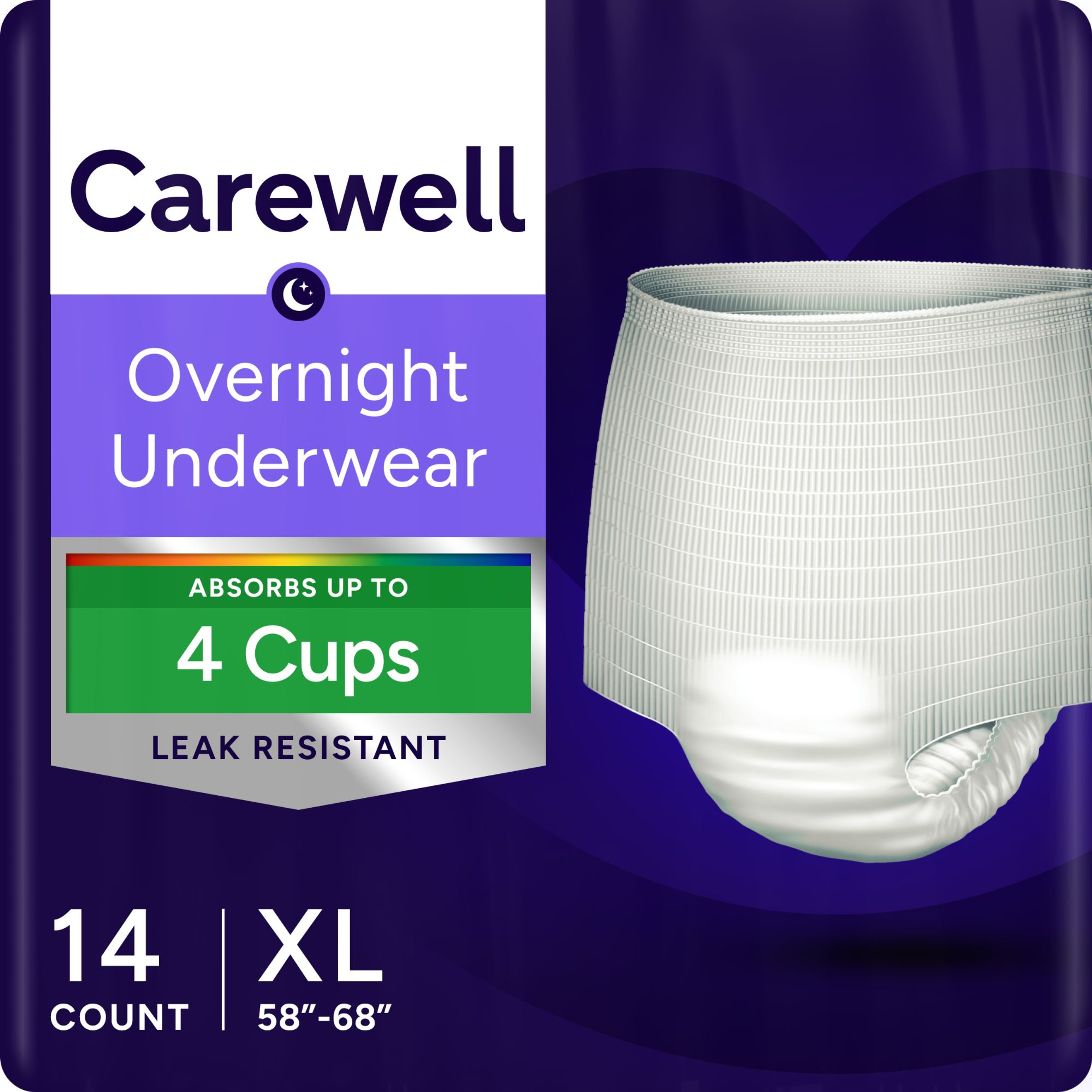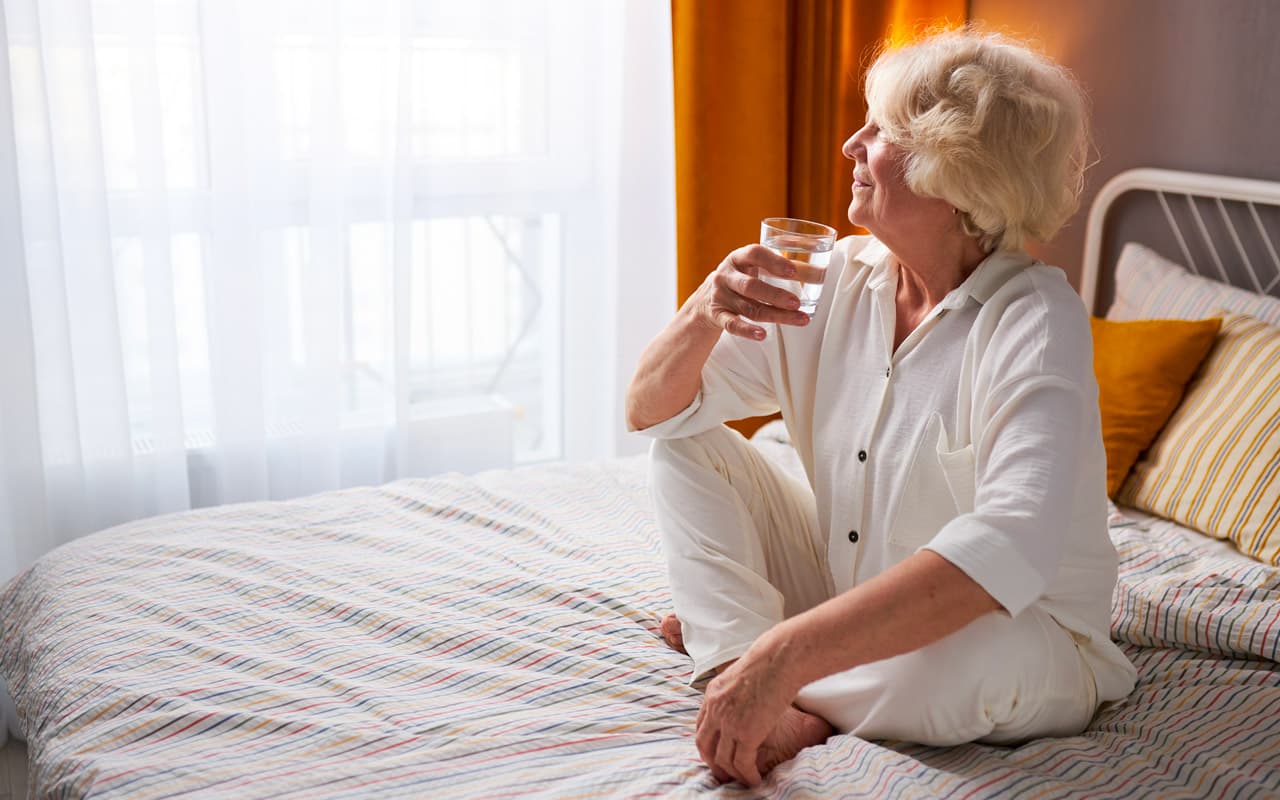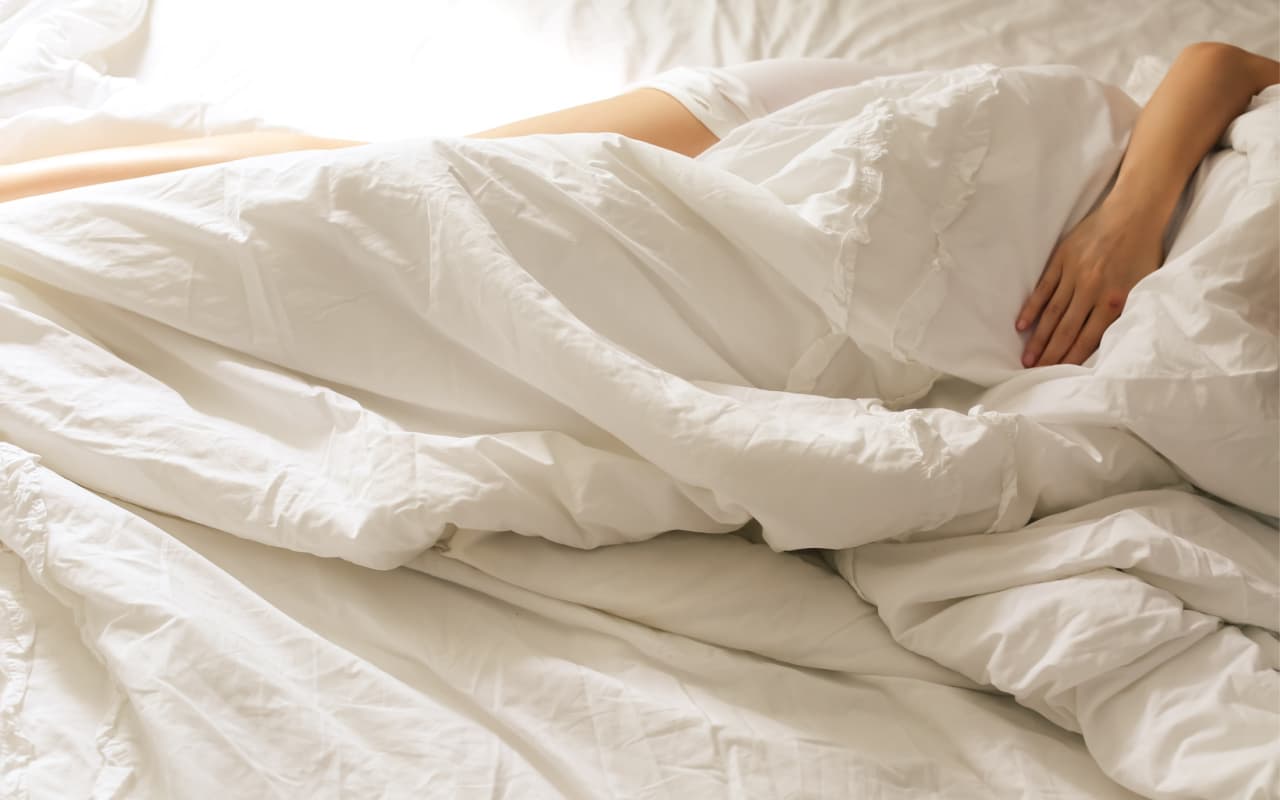Discussing incontinence can be a sensitive and often embarrassing topic. As a society, we tend to shy away from open conversations about private physical issues. However, with more than 50% of people aged 65 and older reporting bladder and/or bowel incontinence, it's a conversation we need to have.
This five-step guide is designed to help you navigate the challenges of incontinence, whether you're an older adult seeking advice or a caregiver supporting a loved one. We'll cover everything from the causes and types of incontinence to management strategies and product recommendations.
What causes elderly incontinence?
Incontinence can stem from a variety of factors, but one common issue for older adults is functional incontinence. This occurs when physical or cognitive limitations prevent someone from reaching the toilet in time. Factors like poor eyesight, arthritis, mobility issues, or even environmental barriers such as steep stairs can all contribute.
Other common causes of incontinence include:
Urinary tract infections (UTIs): UTIs irritate the bladder and can increase the urgency and frequency of urination.
Diuretics: These medications increase urine production, which can overwhelm the bladder's capacity and lead to leaks.
Excess weight: Being overweight puts extra pressure on the bladder and weakens the pelvic floor muscles.
Medications: Sedatives, antidepressants, and opioids can all interfere with bladder function and a person's ability to recognize the need to urinate.
Hormonal changes: For women, post-menopause hormone replacement therapy (HRT) has been linked to a higher risk of urinary incontinence.
Prostatitis: This prostate inflammation, common in men, can cause urethral pain and increased urinary frequency.
Constipation: A full, congested bowel can press on the bladder and weaken the pelvic floor muscles over time.
The three types of urinary incontinence
Knowing which type of incontinence you or your loved one has is the first step toward effective management.
Urge incontinence: This is characterized by a sudden, intense urge to urinate, followed by an involuntary loss of urine. It is often associated with conditions like diabetes, dementia, multiple sclerosis, or Parkinson's disease.
Stress incontinence: This involves a temporary loss of bladder control caused by pressure on the bladder. It can happen during physical activities like sneezing, coughing, laughing, or lifting heavy objects.
Overflow incontinence: This occurs when the bladder can't empty completely, causing it to overfill and leak. It's particularly common in men with an enlarged prostate gland.
The two types of bowel incontinence
Bowel incontinence can be just as challenging to manage as urinary incontinence. There are two main types:
Fecal incontinence (recurring): This is the involuntary passing of stool, ranging from small leaks to a complete loss of bowel control. Possible causes include nerve damage, muscle weakness, and chronic constipation.
Passive incontinence: With this type, individuals pass stool without being aware of it. It's often associated with cognitive disorders like Alzheimer's disease.
Incontinence care and management
Managing incontinence requires a multi-faceted approach. Your first step should always be to talk to a doctor. They can help you determine the cause and recommend a treatment plan, which may include medication, surgery, or lifestyle changes.
In addition to professional medical advice, here are some strategies you can follow at home:
Do Kegel exercises: These exercises strengthen the pelvic floor muscles, which can help you hold your urine longer.
Try "timed voiding": This involves creating a schedule for bathroom breaks, such as every two hours. Over time, this can help train the bladder.
Maintain a healthy weight: Losing excess weight can reduce pressure on the bladder and ease symptoms.
Quit smoking: Nicotine can irritate bladder muscles, and the chronic coughing associated with smoking can weaken the pelvic floor.
Reduce alcohol and caffeine: Both act as diuretics, increasing urine production and the risk of leaks.
Adapt the home environment: Simple changes like improving lighting, removing clutter, and placing commodes nearby can make it easier to get to the bathroom safely and on time.
Use incontinence products: Wearing incontinence underwear or pads can provide peace of mind and improve hygiene.
Where can I find incontinence products?
Fortunately, there is a wide range of high-quality incontinence products available today. Here are a few popular options to consider:
Remember, you are not alone in this journey. Don't be afraid to seek support from family, friends, or healthcare professionals.







